The glittering tradition of Indian weddings often comes with a hidden financial burden that pushes families toward an unlikely banking partner - their local gold loan provider. Across the subcontinent, a quiet revolution in wedding financing has emerged where ancestral gold jewelry serves as collateral for lavish ceremonies that would otherwise remain financially out of reach.
In the narrow lanes of Chennai's jewelry district, 45-year-old Mr. Sharma adjusts his spectacles while carefully weighing his wife's bridal necklace. "This mangalsutra paid for my daughter's wedding hall and catering," he explains, referring to the sacred gold necklace symbolizing marital status. "The bank offered 75% of market value with 2% monthly interest - better than any personal loan." His story echoes through countless Indian households where gold transforms from cultural artifact to financial instrument when wedding season arrives.
The gold-to-cash alchemy begins at specialized non-banking financial companies (NBFCs) that have proliferated across urban and rural India. Unlike conventional banks requiring extensive paperwork, these lenders focus solely on the metal's purity and weight. "We don't ask about credit scores or income proof," says a branch manager of Muthoot Finance in Kerala, where 60% of wedding-related loans involve gold collateral. "If the gold checks out, the money reaches your account before the priest finalizes the wedding date."
This system thrives on cultural contradictions. While Indian families traditionally view gold as sacred and rarely part with it permanently, temporary collateralization has become socially acceptable. The jewelry remains physically secured in vaults, allowing borrowers to maintain emotional attachment while accessing its monetary value. "We're not selling amma's thali," explains a Tamil bride's brother, referencing the ceremonial gold marriage pendant. "We're just borrowing its power for six months."
Demand spikes predictably around auspicious wedding months like December and May. Gold loan disbursements typically increase by 30-40% during these periods according to Reserve Bank of India reports. Lenders respond by offering "shaadi special" rates and flexible repayment plans aligned with post-wedding cash flows from gifts and savings. The average wedding gold loan falls between ₹5-15 lakhs (≈$6,000-$18,000), often covering venue deposits, catering advances, and jewelry purchases for the new couple.
Sociologists observe this trend reflects deeper economic pressures. "The average middle-class wedding now costs 5-7 years of household income," notes Dr. Mehta from Delhi University. "Gold loans provide stopgap financing when families won't compromise on social expectations." This explains why default rates remain surprisingly low (under 3% industry-wide) - the social stigma of losing ancestral gold outweighs financial strain.
Regional variations reveal fascinating adaptations. In Punjab, farmers leverage gold loans during the wheat harvest season to fund winter weddings. Kerala's Gulf NRIs use gold credit lines to spread wedding costs across foreign earnings. Tamil Brahmin families often take "serial loans," using one set of jewelry to repay another in rotating credit arrangements that last through multiple wedding seasons.
The system isn't without critics. Consumer activists warn about aggressive lending practices targeting emotional vulnerabilities. "Lenders advertise near wedding mandaps and bridal shops," notes financial counselor Rekha Menon. "They normalize debt for ceremonies beyond means." Some states have imposed cooling-off periods between gold loan approvals and wedding dates to curb impulsive borrowing.
Yet the market continues evolving. Fintech platforms now offer gold-backed wedding loans with doorstep evaluation. Insurance products protect against gold price fluctuations during loan terms. Perhaps most tellingly, some lenders have started accepting the wedding gold itself - gifted to the bride during ceremonies - as fresh collateral for repayment, creating a self-perpetuating cycle of cultural and financial traditions.
As sunset gilds the towers of Mumbai's Zaveri Bazaar, the day's final gold assessments conclude. Another hundred weddings move closer to realization through this peculiar alchemy that transforms heirloom gold into contemporary capital. In a nation where tradition and modernity constantly negotiate, gold loan weddings may represent their most pragmatic compromise yet.
The phenomenon has begun attracting international attention. Development economists study it as informal microfinance, while cultural anthropologists examine its impact on gender dynamics - since most collateralized gold belongs to women. "This isn't just banking," observes researcher Arjun Patel. "It's sociology disguised as finance, where a grandmother's bangles underwrite her granddaughter's future."
In village after village, the ritual follows a familiar pattern. The women gather their gold in old silk pouches, the men negotiate loan terms, and the children watch as family treasures temporarily change hands. What emerges isn't merely a funded wedding, but a contemporary adaptation of ancient values - where gold still fulfills its ancestral promise of security, just through different means. The wedding fire burns bright, financed by metal that will eventually return to its owners, having served its purpose in yet another generation's story.

By Eric Ward/Apr 19, 2025

By Sophia Lewis/Apr 19, 2025

By George Bailey/Apr 19, 2025

By George Bailey/Apr 19, 2025

By Grace Cox/Apr 19, 2025
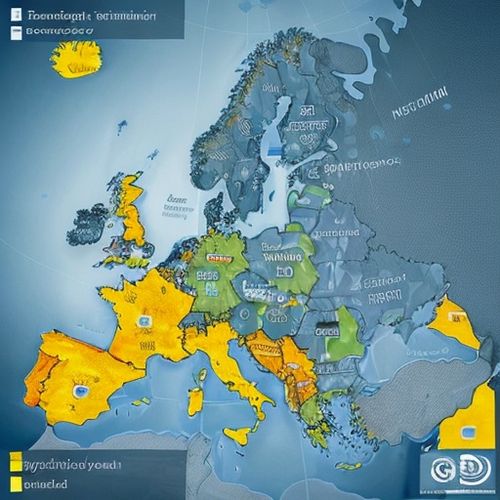
By Natalie Campbell/Apr 19, 2025

By Sarah Davis/Apr 19, 2025

By Michael Brown/Apr 19, 2025
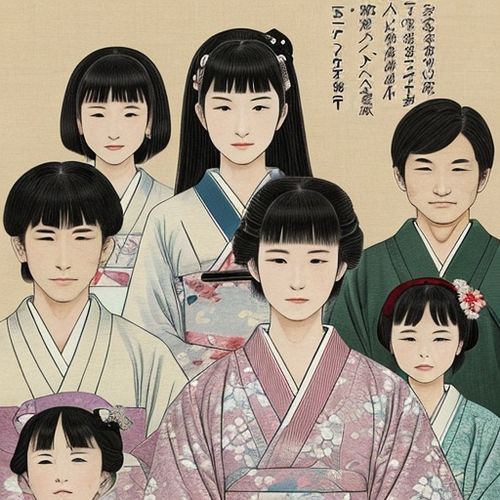
By George Bailey/Apr 19, 2025

By Victoria Gonzalez/Apr 19, 2025
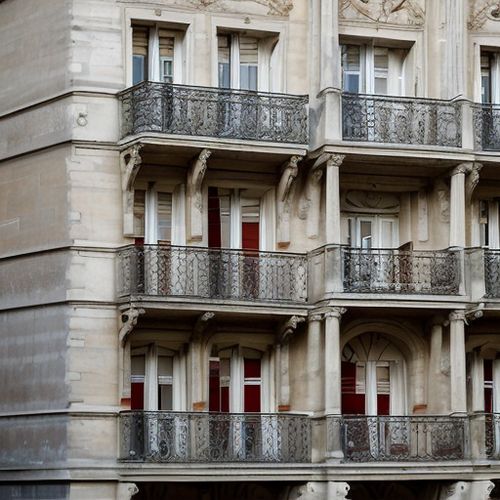
By Christopher Harris/Apr 19, 2025
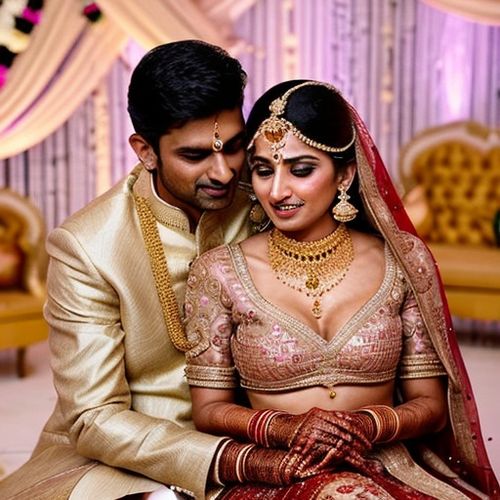
By Natalie Campbell/Apr 19, 2025

By Sophia Lewis/Apr 19, 2025

By James Moore/Apr 19, 2025
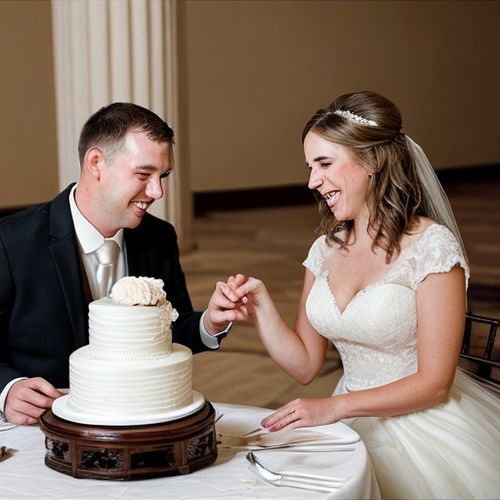
By Natalie Campbell/Apr 19, 2025
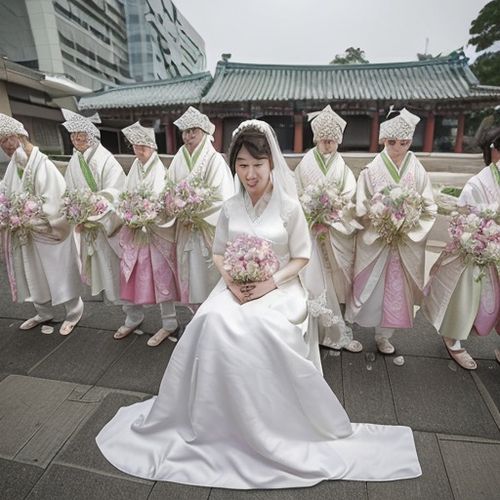
By Emily Johnson/Apr 19, 2025
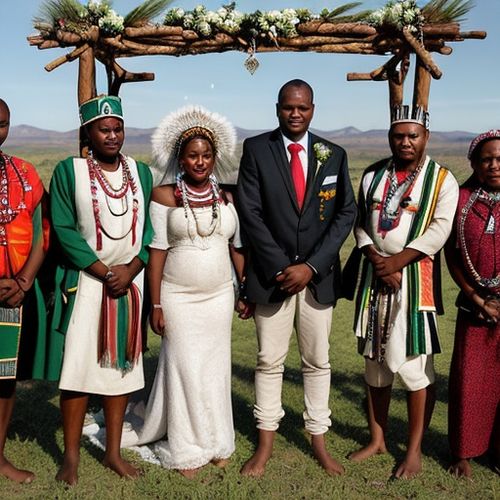
By James Moore/Apr 19, 2025
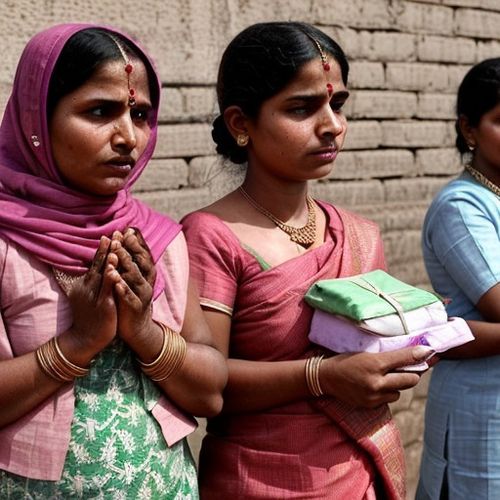
By Amanda Phillips/Apr 19, 2025
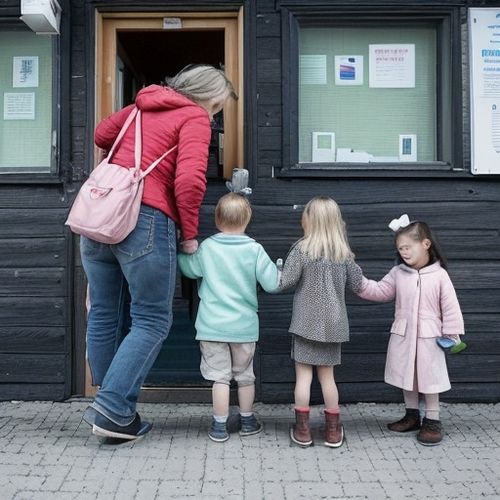
By Emily Johnson/Apr 19, 2025

By Noah Bell/Apr 19, 2025